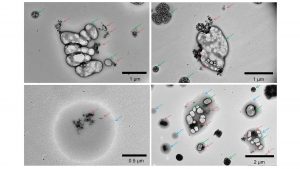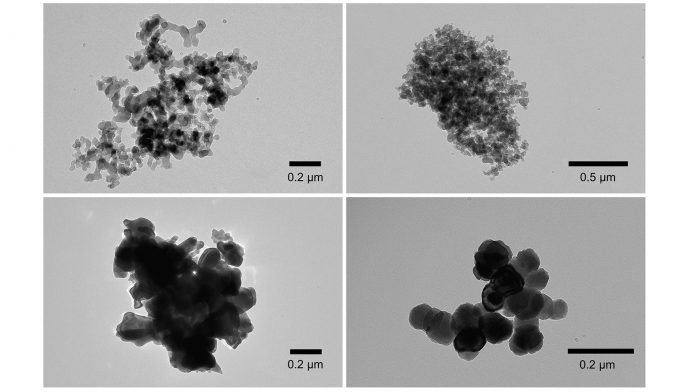As society becomes more industrial, various pollutants are released into the atmosphere. Combustion is particularly dangerous, as it produces aerosol masses, such as black carbon.
Despite it only accounting for a low percentage of aerosol particles, black carbon is extremely damaging. This is because of its ability to absorb heat and impede the heat reflection capabilities of surfaces, such as snow.
Therefore, it’s essential to discover how this aerosol mass interacts with sunlight.
Researchers from the University of Tokyo have quantified the refractive index of black carbon to the most accurate degree yet. This has the potential to impact climate models.
The research, ‘Constraining the complex refractive index of black carbon particles using the complex forward-scattering amplitude,’ is published in Aerosol Science and Technology.
The factors driving climate change
In the modern world, many factors contribute to climate change.
Familiar contributors include carbon dioxide emissions from burning fossil fuels, sulphur dioxide from cement manufacture, and methane emissions from animal agriculture.
Black carbon aerosol particles are less known but are particularly important. Essentially soot, it absorbs heat from sunlight and stores it, adding to atmospheric heat.
Because dark colours are less effective at reflecting light and heat, as this aerosol mass covers lighter surfaces, it reduces the potential of those surfaces to reflect heat back into space.
“Understanding the interaction between black carbon and sunlight is of fundamental importance in climate research,” said Assistant Professor Nobuhiro Moteki from the Department of Earth and Planetary Science at the University of Tokyo.
“The most critical property of it is its refractive index, basically how it redirects and disperses incoming light rays. However, existing measurements of black carbon’s refractive index were inaccurate.”
Moteki continued: “We took detailed experiments to improve this. With our improved measurements, we now estimate that current climate models may be underestimating the absorption of solar radiation by a significant 16%.”
Improving current climate model predictions
Previous measurements of black carbon’s optical properties were confounded by factors such as lack of pure samples, or difficulties in measuring light interactions with particles of differing complex shapes.
The team improved this by capturing the black carbon particles in water and isolating them with sulphates or other water-soluble chemicals.

By isolating the particles, the team was able to shine light on them and analyse the way they scatter, which gave researchers the data to calculate the value of the refractive index.
Moteki explained: “We measured the amplitude, or strength, and phase, or step, of the light scattered from black carbon samples isolated in water.
“This allowed us to calculate what is known as the complex refractive index of black carbon. Complex because rather than being a single number, it’s a value that contains two parts, one of which is ‘imaginary’, though its impact is very real.
“Such complex numbers with imaginary components are actually very common in the field of optical science and beyond.”
Therefore, the new optical measurements of black carbon imply that current climate models are underestimating its contribution to atmospheric warming. The team hopes that other climate researchers and policymakers can make use of these findings.
The method developed to ascertain the complex refractive index of particles can be applied to materials other than black carbon. This allows for the optical identification of unknown particles in the atmosphere, ocean or ice cores, and the evaluation of optical properties of powdered materials, not just those related to the ongoing problem of climate change.









